
In the two weeks since a 150-car train carrying toxic materials derailed in East Palestine, Ohio, officials are still working to determine the risk to nearby residents and the local environment.

In the two weeks since a 150-car train carrying toxic materials derailed in East Palestine, Ohio, officials are still working to determine the risk to nearby residents and the local environment.
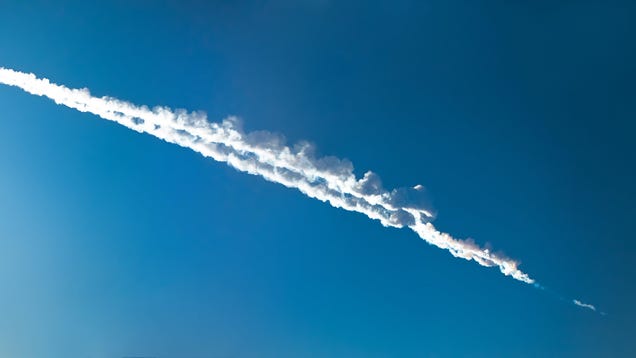
A decade ago today, the city of Chelyabinsk, Russia unexpectedly found itself under assault from space, as a roughly 60-foot-wide asteroid exploded over the region. It was a shocking reminder that our planet can be struck at any time—and future impacts could be a lot more serious.

A new Webb Space Telescope deep field image shows the luminous realm of Pandora’s Cluster (Abell 2744), a pileup of galaxy clusters that formed over the course of 350 million years.

It’s the most romantic time of the year once more, and as always, io9 has got your back if you need to tell someone you love them through the medium of genre film and TV, and questionable puns.
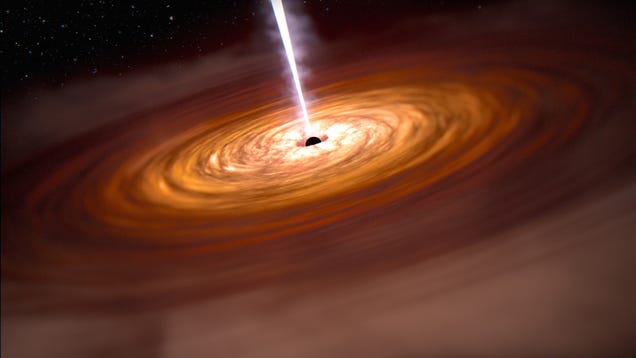
The Event Horizon Telescope, which brought us the first-ever image of a black hole and the first view of the supermassive black hole at the center of our galaxy, has inspected a much brighter target: a quasar.
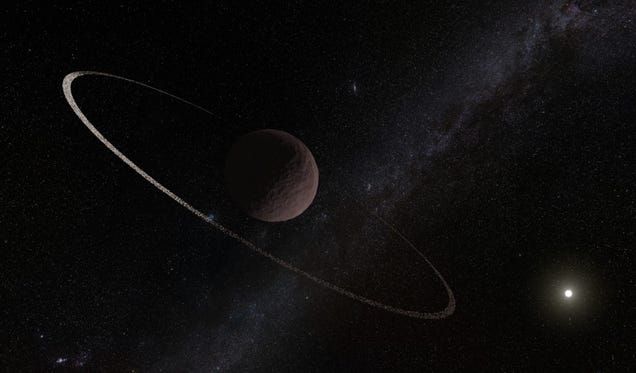
Researchers observing a background star pass behind Quaoar, a dwarf planet in the Kuiper belt, found that the distant object has a ring system unlike any previously found in our solar system.
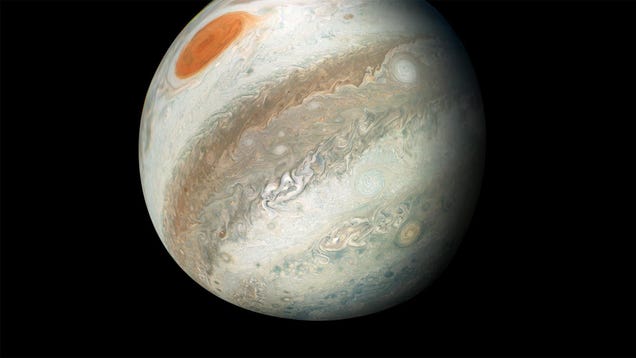
Jupiter is a superstar in our solar system. It’s the biggest, it’s wonderfully gassy, and it now has the most documented moons, clocking in at 92 natural satellites.

The winter weather that left hundreds of thousands in Texas without power is moving north, and is set to bring wind chills as low as -50 degrees Fahrenheit (-45 Celsius) into New E
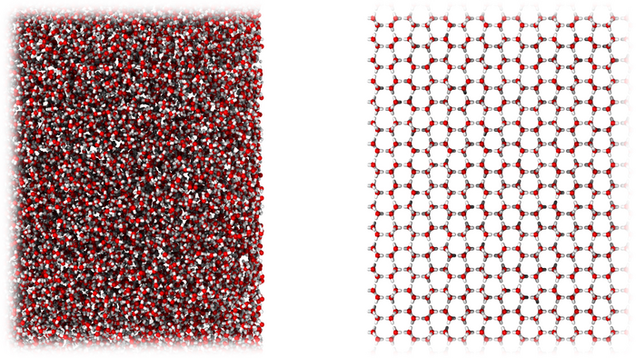
If you thought ice varieties got no more interesting than crushed versus cubed, think again: Researchers have discovered an ice form whose haphazard molecular structure resembles that of liquid water, despite being a solid.
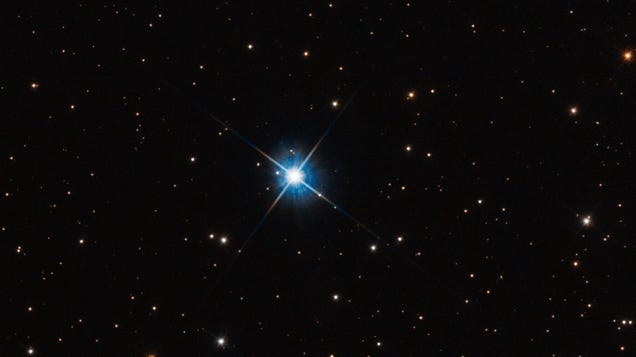
Astronomers just directly measured the mass of a lone white dwarf using the Hubble Space Telescope for the first time. The dwarf—the core remnant of a star—is named LAWD 37, and it burned out about a billion years ago.